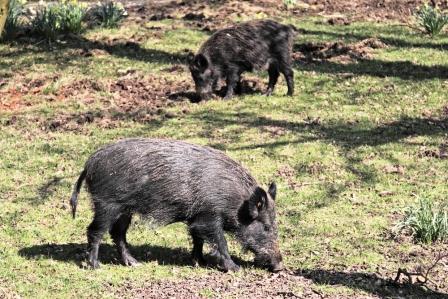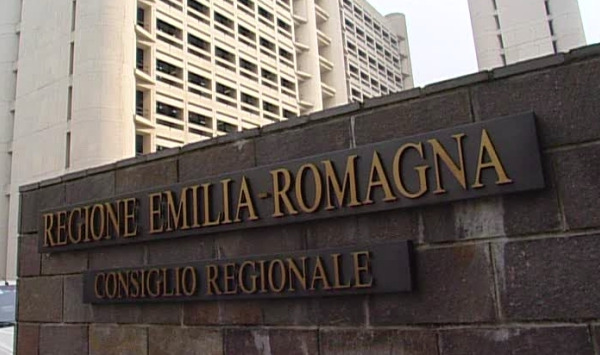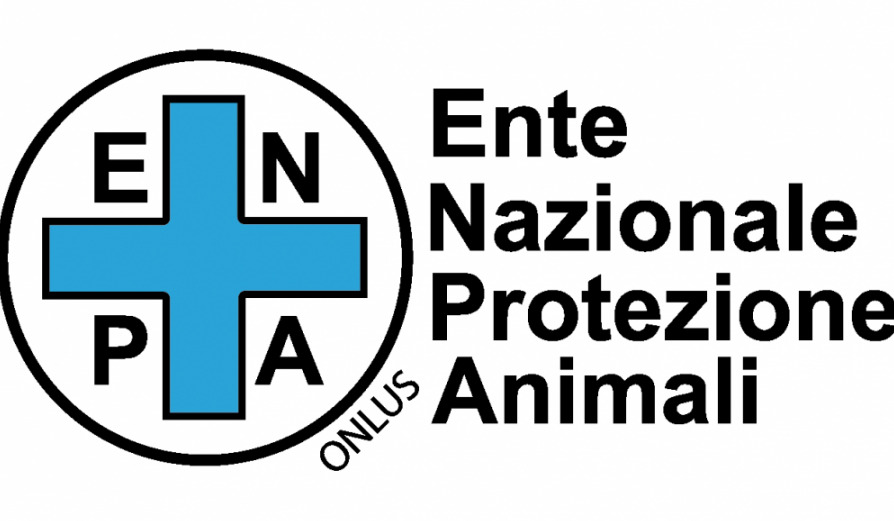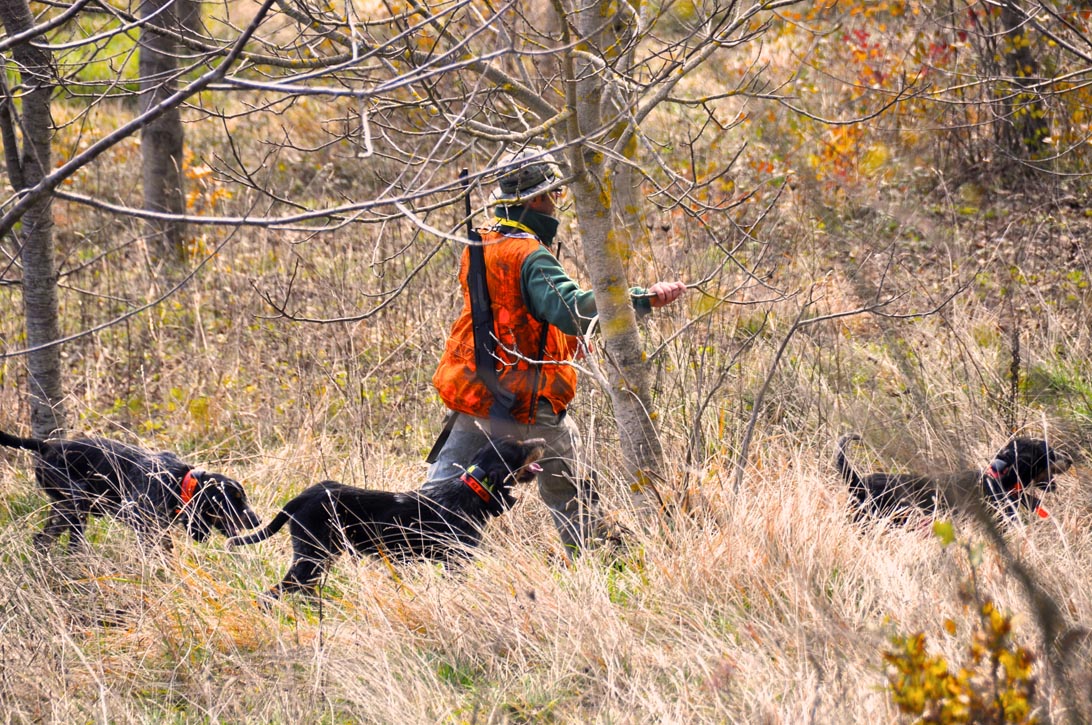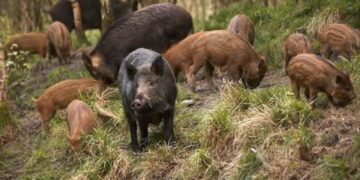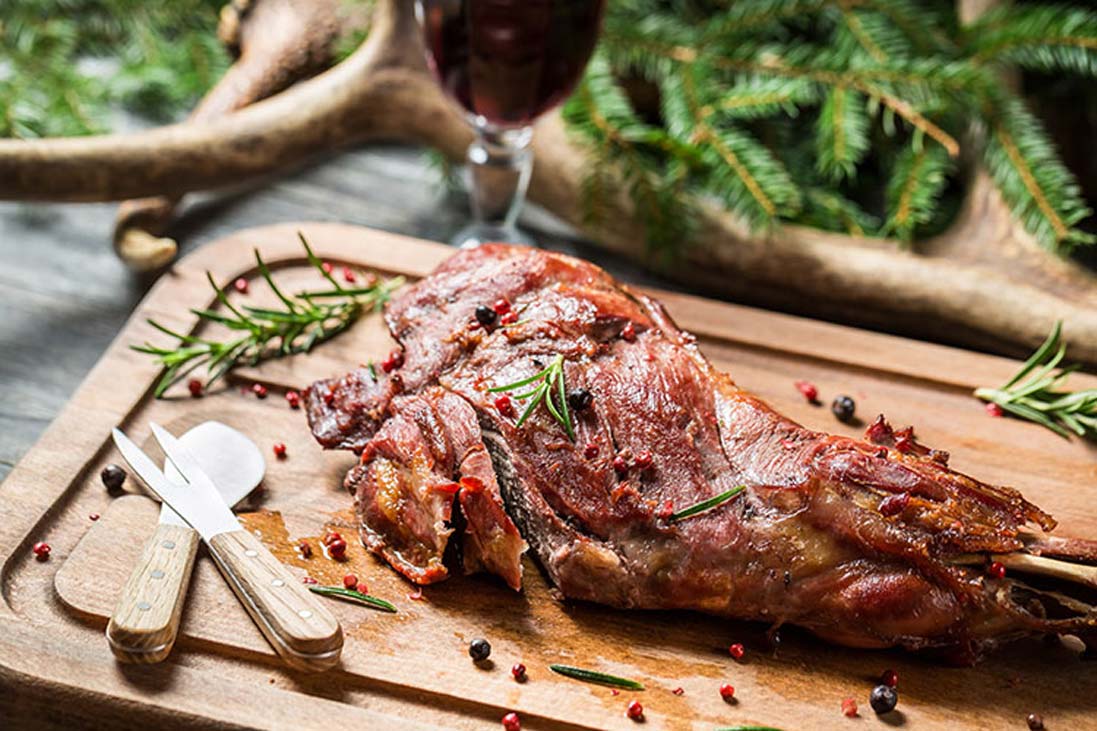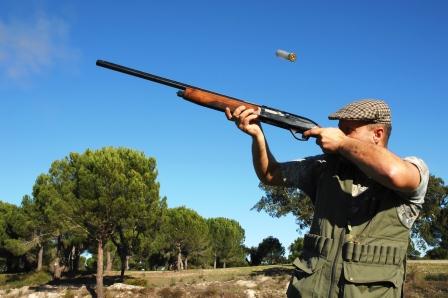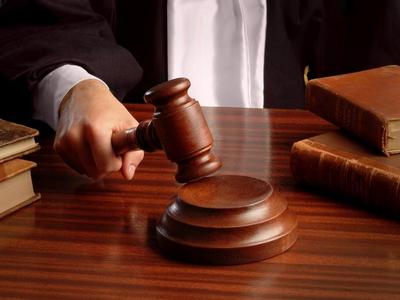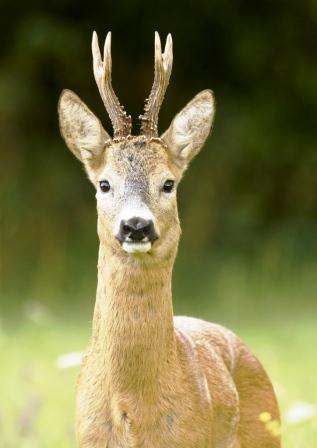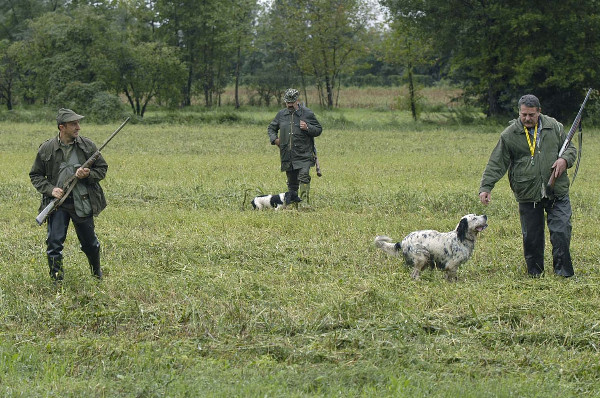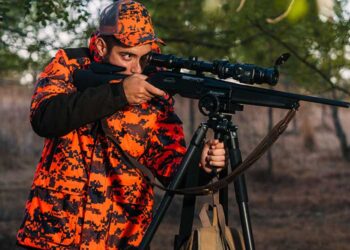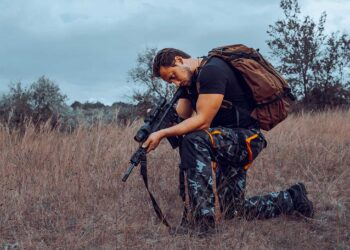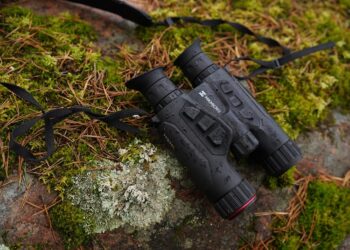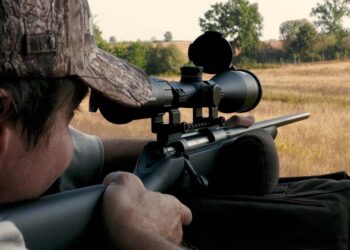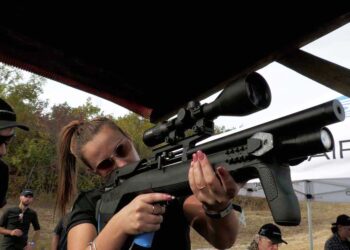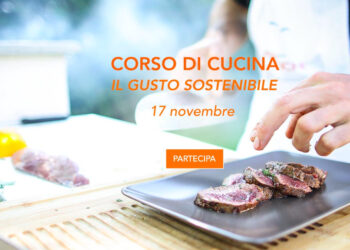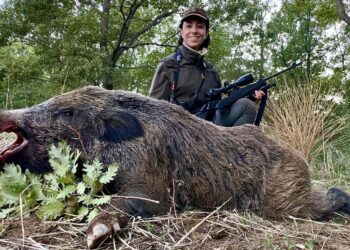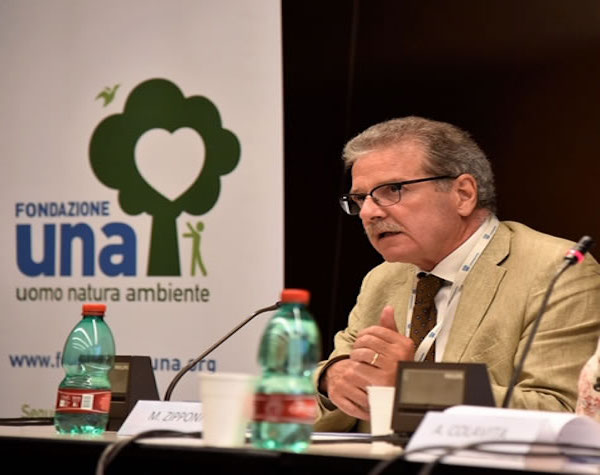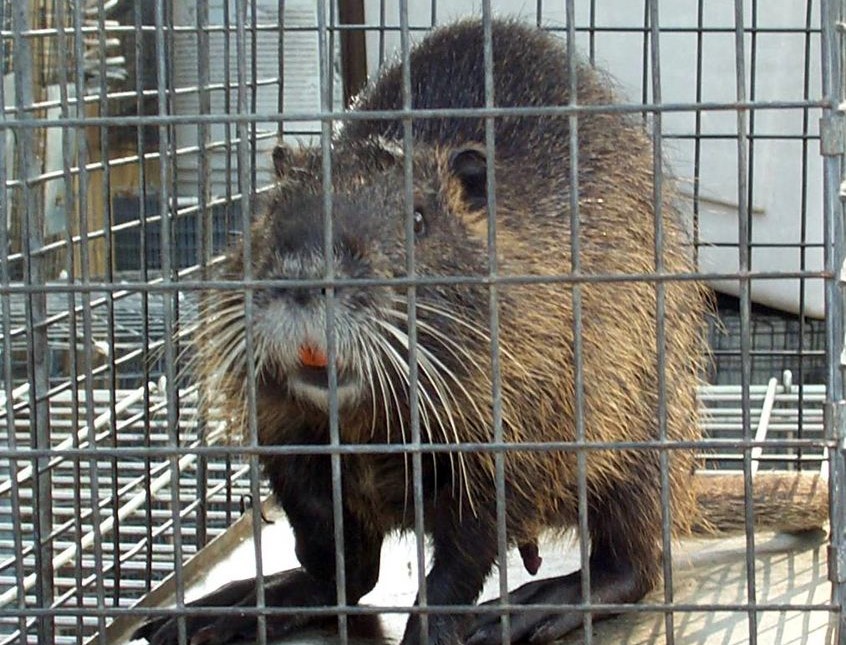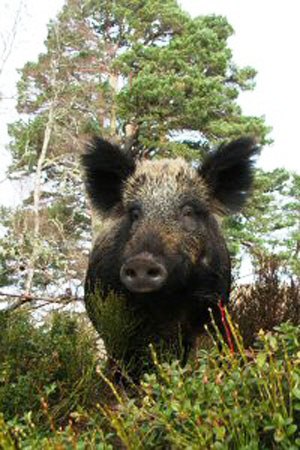
Hunting & Hunters: The story of the radioactive wild boars discovered in Valsesia has rekindled the spotlight on one of the most feared and unpredictable problems in the hunting world: the risk of killing, eating and consuming radioactive game, i.e. contaminated by radiation and at a level higher than what is allowed.
It must be said that the radioactivity risk concerns not only game, but the whole ecosystem involved in the risk of contamination and therefore mushrooms, berries and other products present on wooded surfaces, the most at risk in terms of radioactivity absorption. . The wild boars of Valsesia examined last March seemed to contain a quantity of cesium 137 higher than the permitted levels and therefore “potentially” risky for human health. The cause of this contamination is traced by many to radioactivity from the Chernobyl nuclear power plant, where the most serious atomic accident of the twentieth century took place on April 26, 1986.
After the reassurances of the experts, the anxiety and the alarm about the episode of the contaminated Piedmontese wild boars seem to have subsided, even if the doubt remains about the quality of the game that insists in other territories of Italy, Eastern Europe and beyond. When a nuclear accident occurs, in fact, radioactive contamination is a certain and highly probable event, because it is favored by the so-called fall-out, that is, by the fallout of radiation in a territory other than that in which they originated. The radioactive cloud is a toxic mixture in constant motion, being pushed by currents and winds. It follows that the presence of radioactivity is a patchy phenomenon, with a more localized presence in some areas and less in others. This different concentration of radiation depends on the fact that they are subject to dispersion due to rain and runoff. The mountain and wooded areas, due to their particular conformation, lend themselves to the accumulation of radioactivity in "sections", with more contaminated areas because they are subjected to greater rainfall and washout.
The "radioactive" rain, falling on the wooded soil, contaminates the ecosystem made up of particular plant species, berries, edible mushrooms and game that feeds on it.
Wild boars, for example, but also other ungulates such as roe deer or red deer, out of habit, feed on the remains of the forest. The risk of contamination is greater in wild boar because it is an omnivorous animal that swallows everything by rooting. However, this does not mean that the level of radioactive contamination on the animal can have harmful consequences for human health.
Cesium 137 is, in fact, a radioactive isotope that is metabolized within a living organism like potassium, that is, in the muscles and in the heart, and eliminated after 70 days through the excrement. Of course, high doses of cesium 137 always represent a risk to human health, but to develop damage or genetic mutations one would have to consume a quantity of contaminated meat equal to hundreds of kilos every day and certainly not a few pounds a year. If anything, the health risk is linked to a systematic consumption of other contaminated products. As also claimed by authoritative experts and oncologists, for cancer to develop, a high and prolonged exposure over time to carcinogenic substances is required. It is certain that those who live and work in areas where radioactivity has been released may have an almost immediate risk of developing damage, but the intake of small quantities of a contaminated food does not expose the same risk.
But what happens instead, if the exposure is prolonged or if, without knowing it, contaminated products are constantly consumed? In this case the speech changes and immediately raises a question that can no longer be postponed: the systematic and preventive control of all edible products that could contain levels of radioactivity higher than the maximum allowed. The story of the Piedmontese wild boars appears very curious because it emerged following a check carried out in order to discover the presence of a parasite typical of pigs: the trichinella. The examination on a sample of 27 wild boars then continued with the test for the search for cesium 137, as indicated by the recommendations of the European Commission, recommendations in force since April 2003 and intended to engage the Member States of the EU in a monitoring of the radioactivity generated by the Chernobyl accident. The Commission's analyzes contain sobering data. In the same, the European authority affirms that "the fallout of radioactive cesium resulting from the accident at the Chernobyl nuclear power plant has affected a large number of third countries". "Wild berries - we still read in the text - such as blueberries, blackberries, cranberries, raspberries, blackberries and wild strawberries, various species of edible wild mushrooms (for example, cockerels, bay boleto, golden toothpick), game meat (roe and venison) and carnivorous freshwater fish (eg pike and perch) in certain regions of the European Union continue to record levels of radioactive cesium exceeding 600 Bq / kg. Mushrooms of the mycorrhizal species (for example Boletus edulis) and wild boar meat were affected much later by the relapses and now present very high levels of radioactive cesium contamination in the areas with the highest deposition levels ".
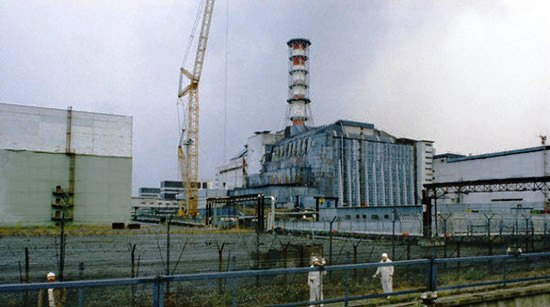
The problem of the radioactivity of Chernobyl on game has concerned and also concerns other territories, such as Germany, where from 2007 to 2009 425 thousand euros in compensation were paid to hunters for wild boars with levels of cesium above the norm and therefore with non-consumable meat. or salable. Recently, ten other radioactive wild boars were found in Val d'Ossola, while tests on 53 animals killed in the Asti area were negative. In contrast, in the Cumbria region of Great Britain, many grazing areas for sheep have been restricted. Radioactivity alarm also for some wild boars of Friuli Venezia Giulia, found dead last March and for which investigations on any radioactive contamination have been arranged.
The news, disclosed by the media, put forward some hypotheses about the death of the animals, such as the use of poisoned baits (hypothesis excluded by hunters) or the breakdown of the Krsko nuclear power plant in Slovenia, about a hundred kilometers from the place where they were found. the lifeless boars. In 2007, from the same plant, as always reported in the press, there was a leak of cooling water from the nuclear reactor. Returning to the Chernobyl disaster, a report, drawn up at the time of the accident by the EEC, did not highlight worrying levels of radioactivity in Italy, but, for contamination, put our country in third place after Greece and Germany.
After Chernobyl, another tragic event shook the conscience of the whole world: the earthquake in Japan, where the earthquake also caused the failure of the Fukushima nuclear power plant, generating the worst nuclear accident since the Ukrainian one in 1986. The radioactive substances that they are released after an accident have a half-life of many years, that is, it takes a certain time for the radioactivity to be reduced or halved until it reaches zero. Cesium 137 is halved after 30 years, the Chernobyl accident, on the other hand, occurred "only" 27 years ago. If it is not possible to know the damages of a previous accident, it will be even more difficult to quantify those of a recent damage. Of course, scaremongering is useless, but knowing what to eat and what not to eat could already be a good result.


